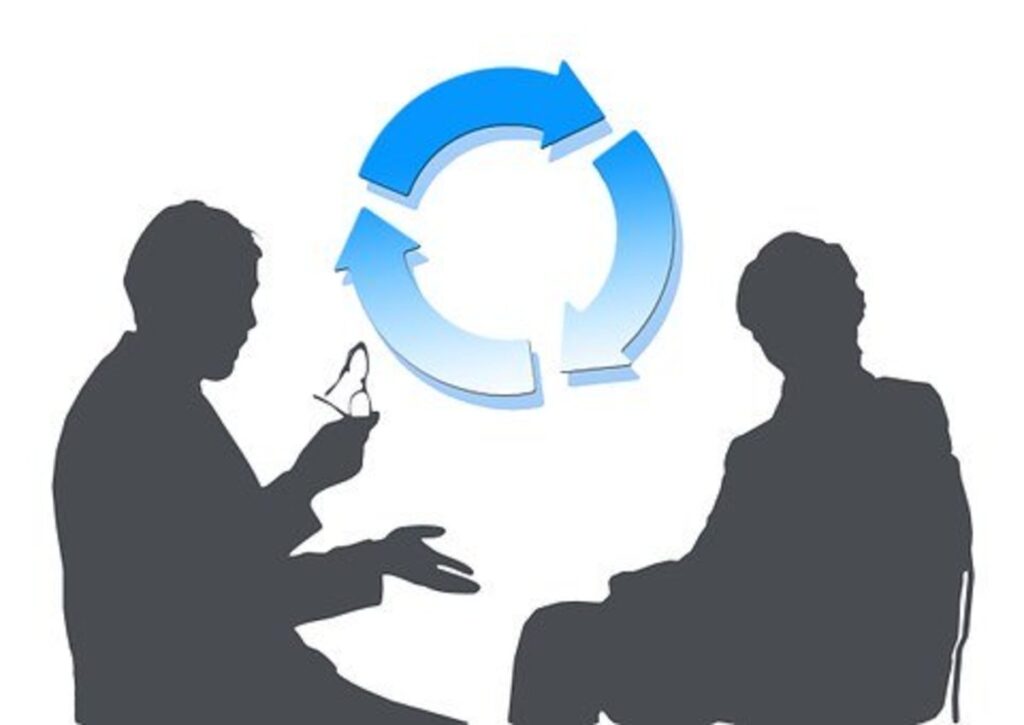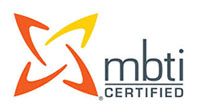Active Replying

“Most people do not listen with the intent to understand; they listen with the intent to reply.”
– Stephen Covey
I agree with Mr. Covey to a point. I know we do this as a society, and we don’t go far enough. We listen to reply – exchanging information by telling and asking – because most of us are transactional conversationalists. Some, with training, lean into a cliched action called Active Listening: a broad action that causes us to listen more intently to what others are saying so we can get what we want out of the exchange.
Enter Covey’s quote. Listening to Understand is an important level up in the active listening game. It’s an exchange of power, where you gently interrogate your counterpoint with your agenda in full view. Your counterpoint may then be motivated to solve something, to move forward on a challenge and willing enough to comply with these more complex inquiries. The dynamics here are about advocating and inquiring. For those less motivated, they do, in fact, feel interrogated. They will begin to shut down their responses and be less candid, because we humans react negatively to those we perceive as wanting to take something from us such as our time, our money, our energy.
We must take the next step and move to a more co-creative level. Think of your conversation – is it transformational? Does it look at your counterpoint and say “You have different skills and ideas. I have different skills and ideas. Let’s combine our talents and move this forward together.”? This is being cocreative. This is the foundation of a truly transformational conversation. How do we achieve this? It’s called Listening to Connect.
The late, venerable and wise coach and psychologist Dr. Judith Glaser, creator of Conversational Intelligence®, defines Listening to Connect this way: Transformational or Level III is about exchanging energy to co-create and transform ideas and outcomes with others. The interaction dynamics are Sharing and Discovering, which opens us up to broader insights and wisdom than either of us has now.
How do we do this? We ask questions for which we don’t know the answers. Truly, not even a guess or bias to what the answer will be. Usually we limit these questions because we are intimidated by them. We think they’re too personal. We also limit ourselves because we think we know what our counterpoint will say next. When was the last time you said to yourself or another, “I already know what they’re going to say (so what’s the use)?”
Asking questions when you truly have no idea what the answer will be is actually an invitation to participate further in the conversation and connection. These questions empower your counterpoint to play along. The table stakes here are to:
- Shed your agenda and focus on your counterpoint first
- Be relevant and sincere with your curiosity
- Firmly have trust established either from a successful existing relationship or building one via table stakes 1 and 2.
Glaser says that if the dynamic begins to fade, uncertainty can cause us to fall back into more familiar transactional and positional levels of conversation. If we then let groupthink in – blech – now it’s just a blab fest. That’s when all hippos head for the bottom of the pond. Meeting adjourned. And hippos underwater are not known to be chatty.
“Happy New Year! February 2 has come and gone. Is today another Groundhog Day for you or your team? Do you want 2024 to be different and amazing? Consider the wild idea of investing in you! Here’s a link to start creating that discussion right now!”
Be big. Be cool. Be hippo.
Ready to get started?









